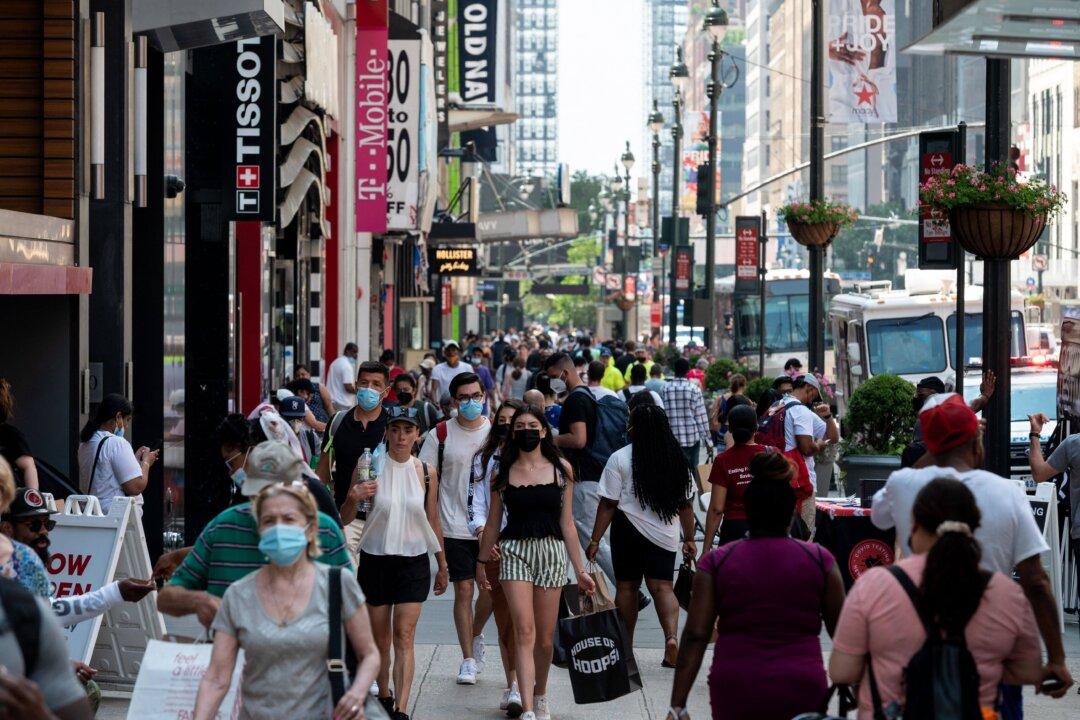The U.S. economy expanded by 4.9 percent in the third quarter, topping economists’ expectations of 4.3 percent growth, according to the first estimate from the Bureau of Economic Analysis. This was up from the second quarter print of 2.1 percent.
This represented the sharpest gain since 2014 outside of the coronavirus pandemic years. It was also double the rate of growth in the first half of 2023.





